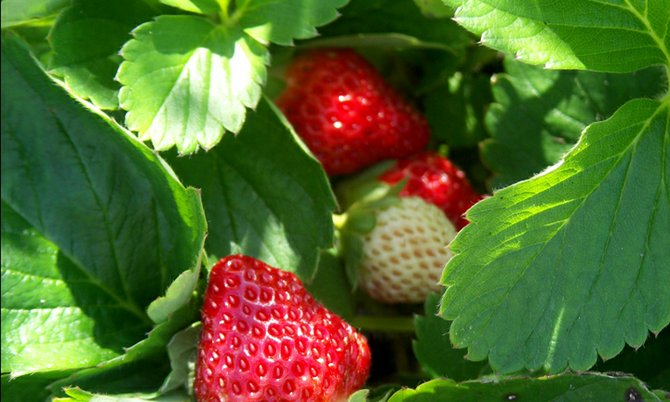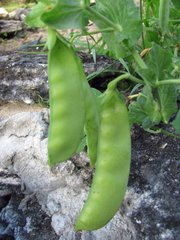Because we are so blessed in the Bahamas we often forget how miserable the weather can be in more northerly parts of the world. I taught for three years in the mid-sixties in County Durham, England, and in that time there was only one day – it stands out like a diamond – that could be called summer. It was a lovely day in May; the temperature was in the high seventies, and the sky was blue with occasional wispy clods. One day in three years.
There are some vegetables that enjoy the cool weather of the north and are hard pressed to perform in our more benign climate. Among these are spinach, lettuce, garden peas, kale, brussels sprouts, and strawberries.
Spinach is a vegetable that was once eaten only when cooked. A bushel of leaves turns into a cupful of the finished product, true, but for aficionados it was a highly desirable dish. Popeye the Sailorman was a cartoon character developed to sing the praises of spinach and its high iron content. A squeeze of a can and he was ready to take on Bluto and the rest of the world’s problems. There was a slight hint that spinach did wonders for his sex life. Check out Olive OyI.
In more modern times spinach is eaten mainly as a salad ingredient. Baby spinach is preferred to full-grown for this purpose. Whether you like your spinach raw or cooked, it is better you grow your own. Once the cooler months of November to March arrive, spinach is easy to grow. It does not like acid soil but that is not a problem in the Bahamas.
Spinach is best grown in blocks and needs to be watered well until the roots are established. Some varieties have carunculated leaves and are called savoy-leaf spinach. If the leaves are picked regularly the plants can have quite a long life, but it is wise to keep new sowings coming.
Garden peas were the first vegetable to be sold to the public in frozen form. This made them far superior to canned peas but texture-wise still cannot compete with fresh peas. The French treat peas right; they pick them young, simmer them in mineral water and shredded lettuce briefly, and then enjoy.
Peas are easy to grow. The most productive vines grow four to five feet tall and need to be staked. Shorter vines are better for most gardeners but it is still wise to stake them for ease of picking. Peas are best sown in rows of three, spaced a mere inch or two apart and with 18 inches between rows.
Mangetout peas have tender pods and once stringed, the pods and peas can be eaten without shelling, either cooked or raw. Snow peas are eaten for their pods alone and should be picked slightly early, before the peas develop. Snow peas tend to be more forgiving and easier to grow than regular garden peas.
From January to early summer Plant City in Florida produces most of the strawberries for the US market. Our climate is quite similar and strawberries do well with a little care.
Unfortunately, strawberry plants have to be imported from the US so it would be wise to contact your local nursery soon and make an order. In Florida the plants are grown using black plastic sheeting, but this is not necessary for the home grower.
Strawberries get their name from the European practice of covering the plants with straw to protect against a late frost, and then bunching the straw under the leaves and runners so the berries are held above ground. It is hard to find straw in the Bahamas but shredded plastic (such as you find in Easter baskets) is a good substitute.
Strawberry plants send out runners to establish new plants, but it should be noted that the production of fruit diminishes with each generation produced from runners.
Once the production of strawberries is over the plants will survive summer in a shaded location. Old strawberry plants make a good ground cover while now and then producing a fruit or two.
• j.hardy@coralwave.com






Comments
Use the comment form below to begin a discussion about this content.
Sign in to comment
Or login with:
OpenID